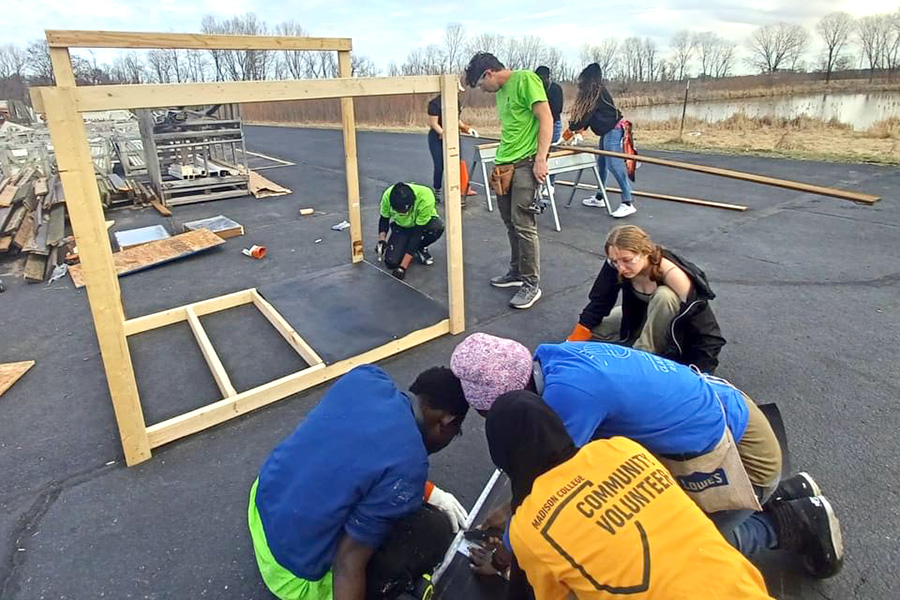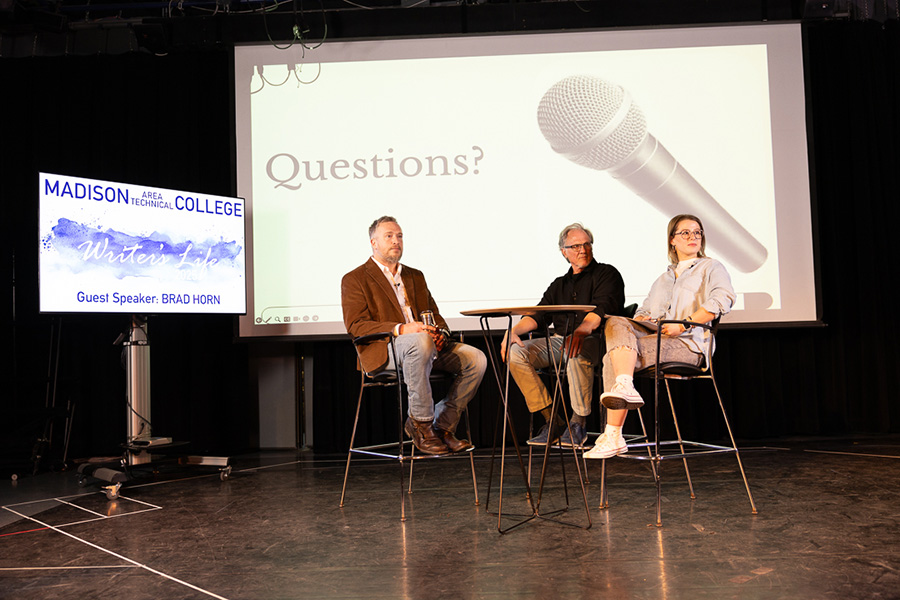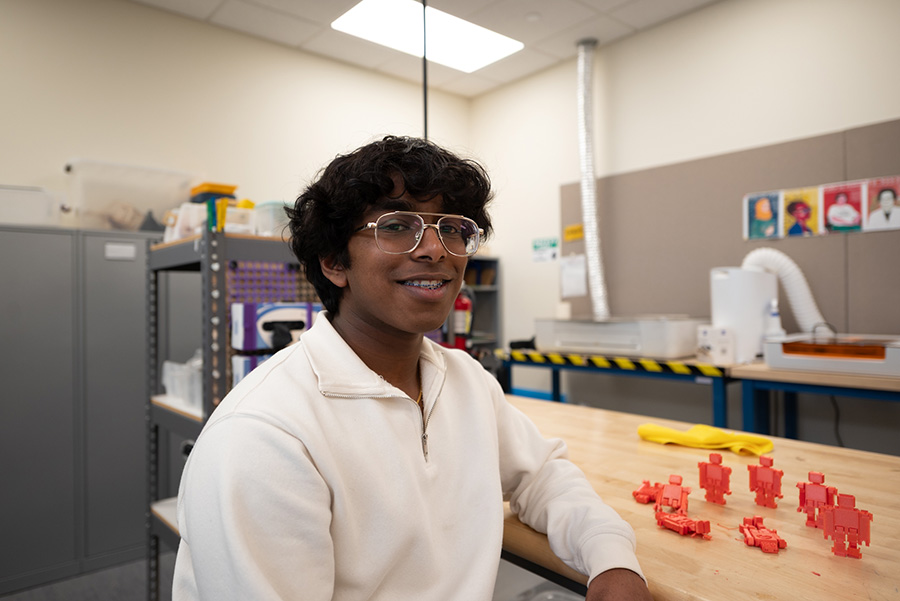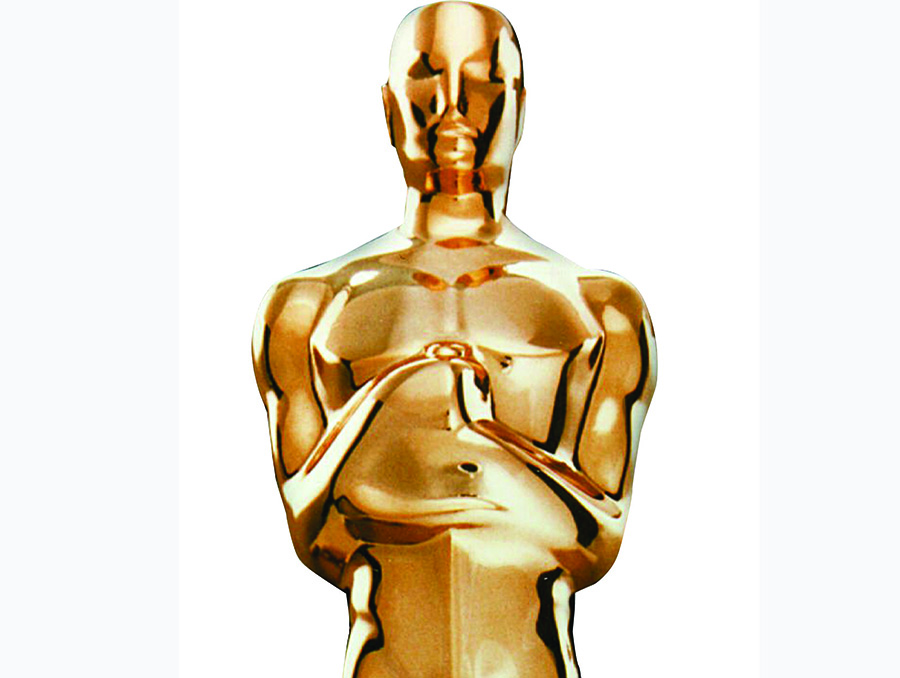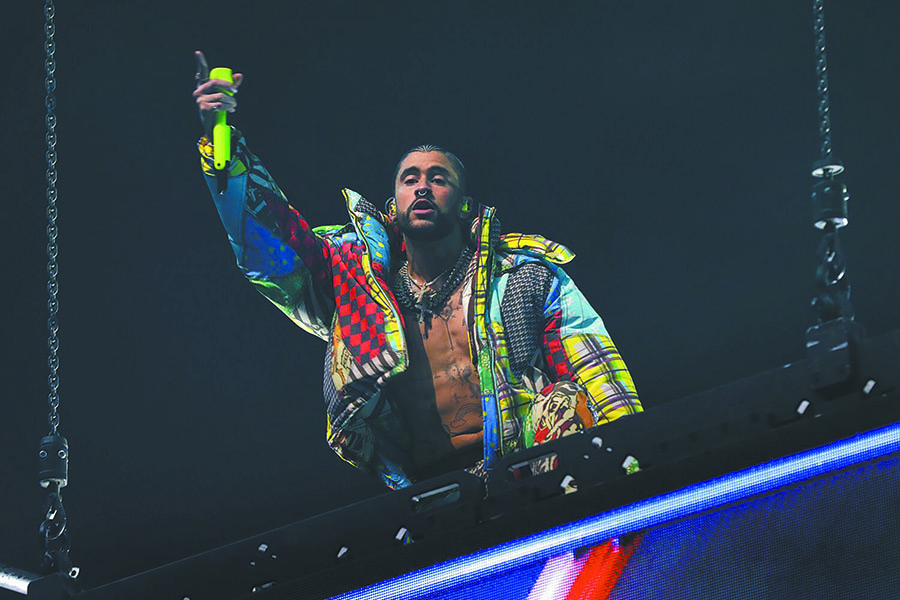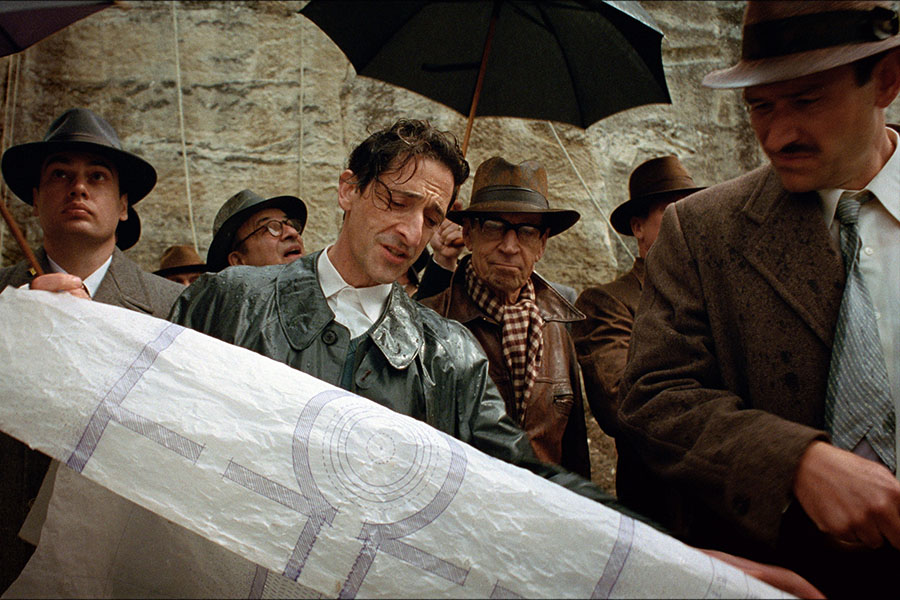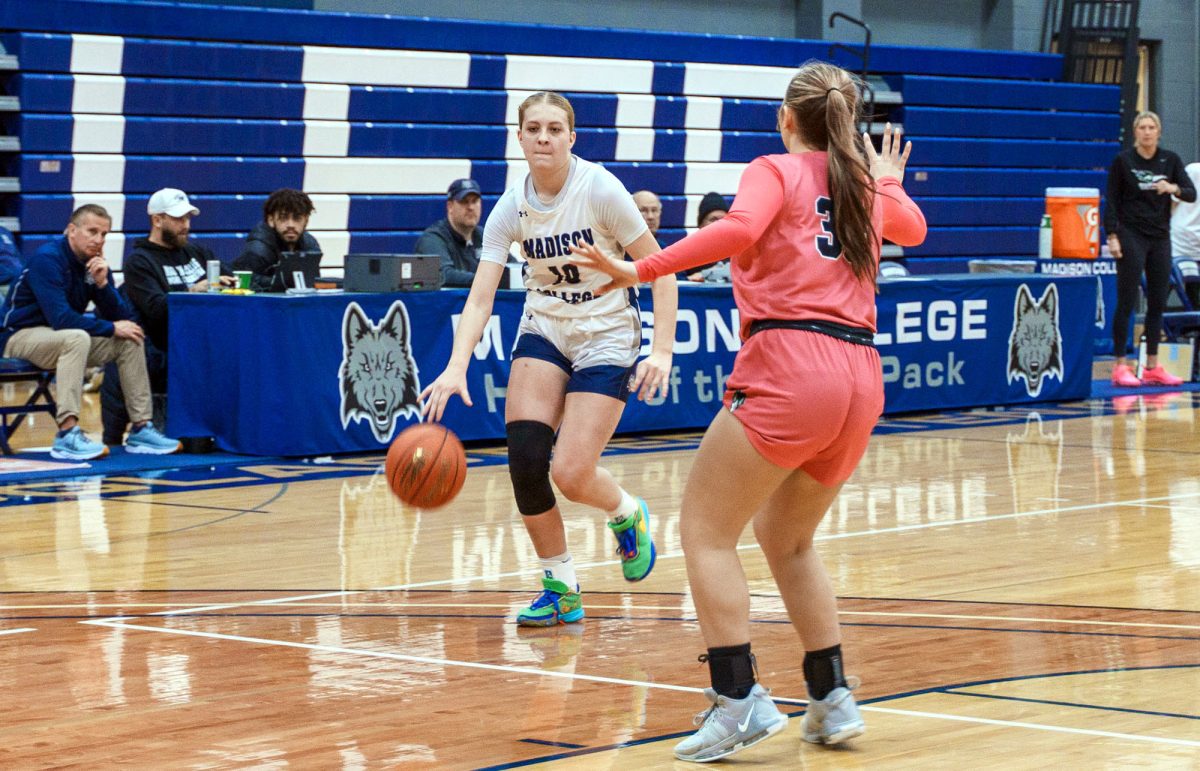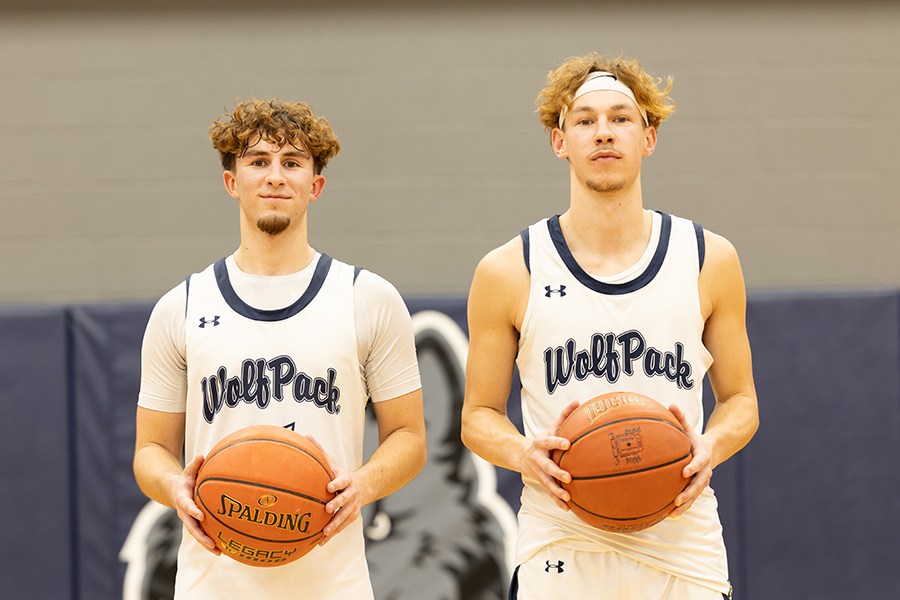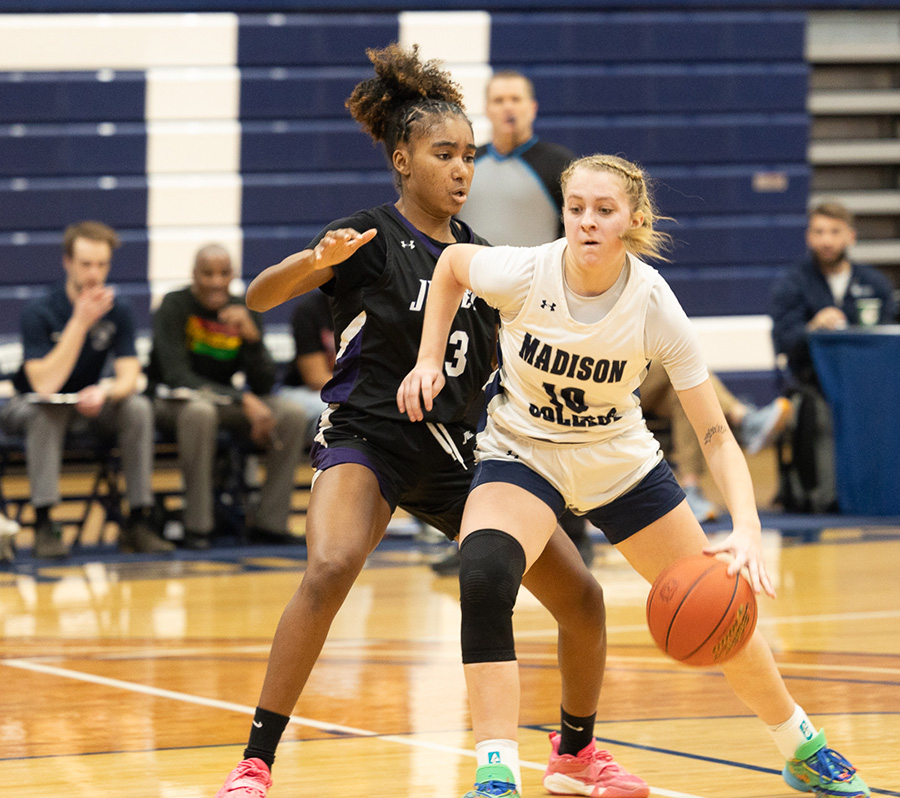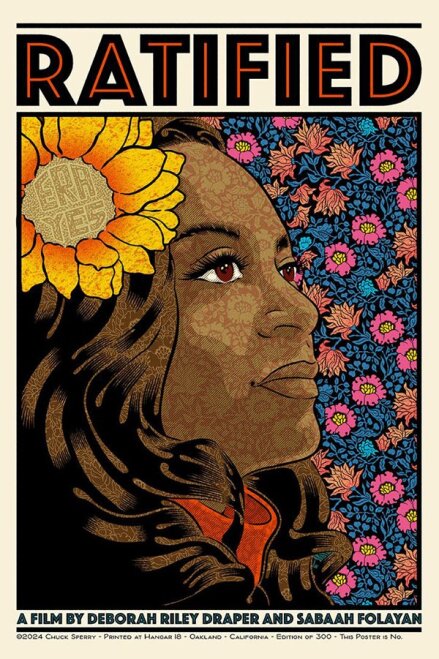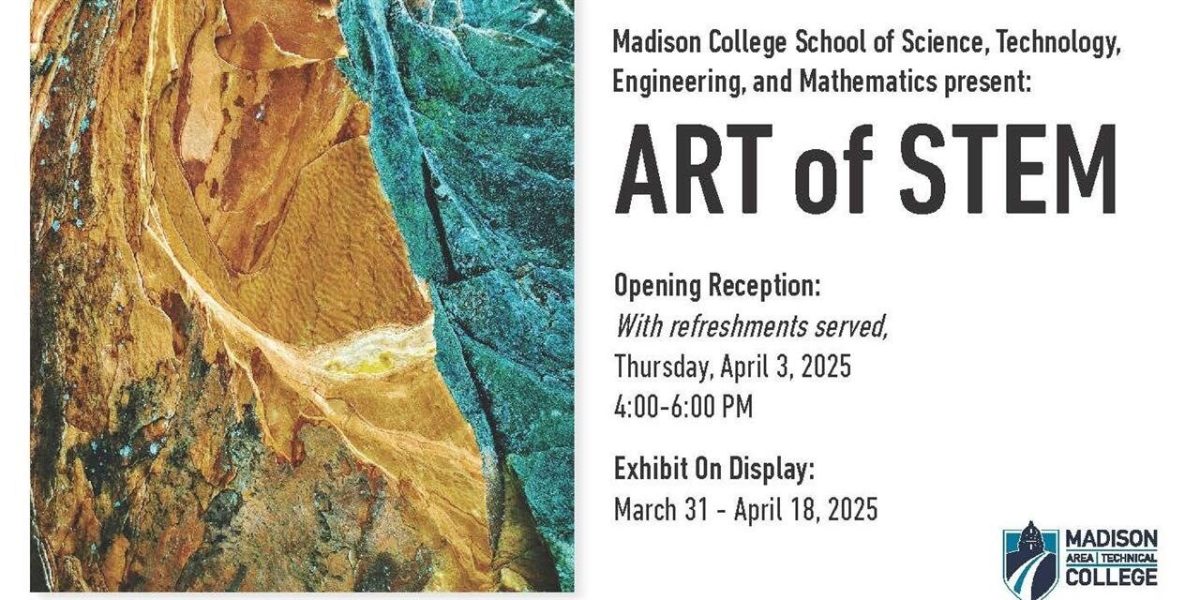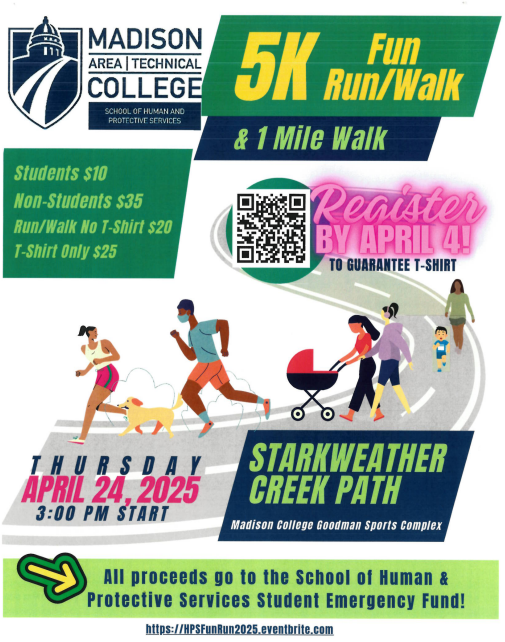The youth isn’t making its voice heard. Voters aged 18-29 make up nearly a quarter of the eligible voting population, and they aren’t taking advantage of it. For years, politicians have swept the concerns of young adults under the rug, simply because voter turnout in their age group was so low.
It’s understandable to some extent. Why would a candidate spend time and money addressing the concerns of twenty-somethings when voter turnout in that group was, for a long time, below 5 percent of the electorate in many states?
Apathy in the voting process is a fundamental and ongoing problem. Democracy is a wonderful and powerful structure, but its success is wholly dependent on the electorate’s investment in the system.
A democracy quickly becomes an oligarchy if the general public doesn’t interact and share its voice. If we allow a small number of voters to steer the future of our country, we are only sitting by in apathy.
The need for inspiration and motivation is slowly being addressed. Groups like Rock the Vote are springing up, trying to help “reinvigorate our country’s democracy and redefine citizenship.” According to their website, the Millennial Generation (or Generation Y) makes up nearly a quarter of the electorate.
The Center for Information and Research on Civic Learning and Engagement (CIRCLE), a research group affiliated with Rock the Vote, has also indicated that young voters are more diverse, both ethnically and racially, than adult voters. This translates into a very diverse group of issues and concerns for young adults that could give potential strength to minority groups.
Because of the increased awareness of the untapped source of political sway in America’s young adults and because of the efforts of groups like Rock the Vote, voter turnout among young adults has been higher than ever before. Young voters – according to the research of CIRCLE – have been coming to the polls increasingly since 2004.
Obama took advantage of this upward swing, showing that this new source of political energy is becoming more and more important to politicians. The young adult’s powerful votes were a major force in his campaign.
He embraced social media and the concerns of America’s youth, and the results were impressive. In the 2008 general presidential elections, over 50 percent of adults aged 18-29 came out to vote. Rates hadn’t been that high since a brief peak in 1992.
In primary and midterm elections, however, youth voter turnout remains woefully low. According to CIRCLE’s research, figures show that across the nation, fewer than 10 percent of eligible voters age 18-29 came out to vote. Super Tuesday saw five percent of young voters turn out. Alabama boasted 8 percent participation; Arizona counted 6 percent of its young voters present and Illinois had only 4 percent cast a ballot.
These low turnouts are a very hot topic, if only because there is an untapped well of votes out there for prospective candidates. Young voters have malleable opinions, and haven’t set their party alignment in stone, while older voters have already entrenched themselves in a political party’s opinions for the most part. In an article for CBS, John Sakata wrote, “Young voters offer the political process something no other age group does – change.”
According to research done by James Melton, voting is habit-forming, and if a candidate can bring a young voter into the voting cycle, chances of them remaining with that party are high.
Because of increased attention, voter activity in young adults is growing, but the gap between presidential and primary voter turnouts is abysmal. In one week, Wisconsinites will have the chance to vote in presidential primaries. To all the twenty-somethings out there – let’s make our votes count! We have a voice, so let’s use it! Our primaries are open, and you can register at your polling place. Go to the polls and make your opinion heard.


